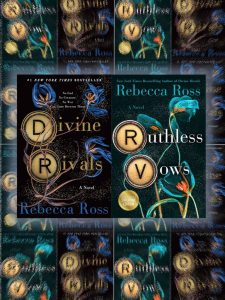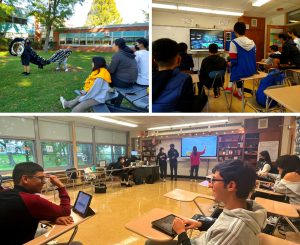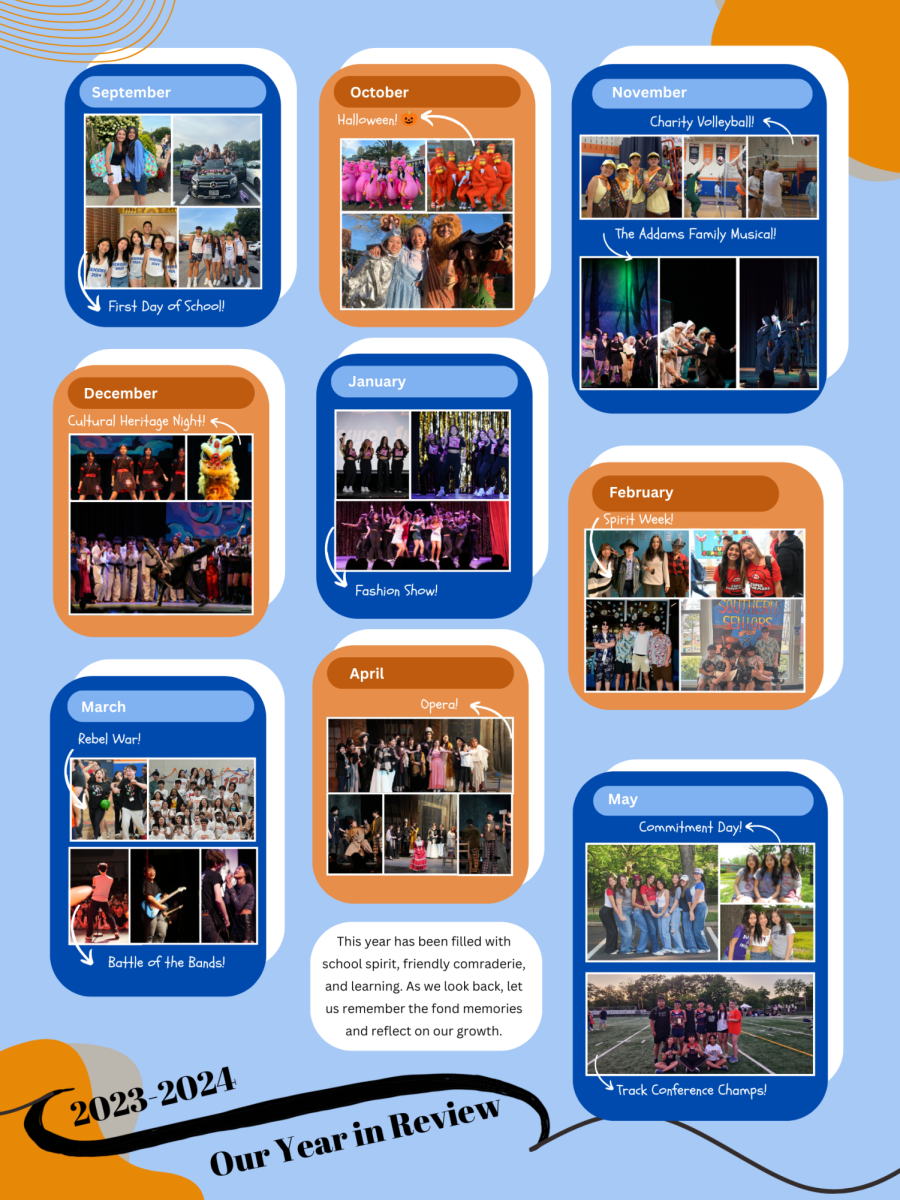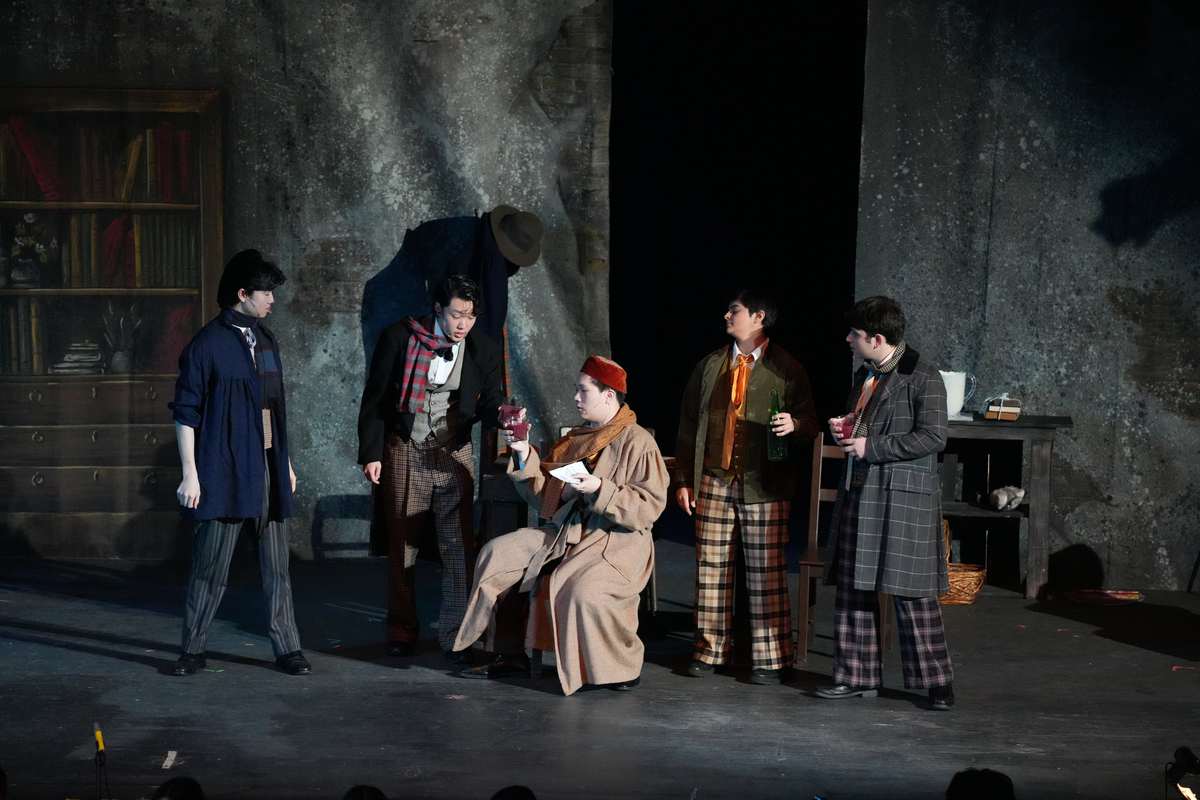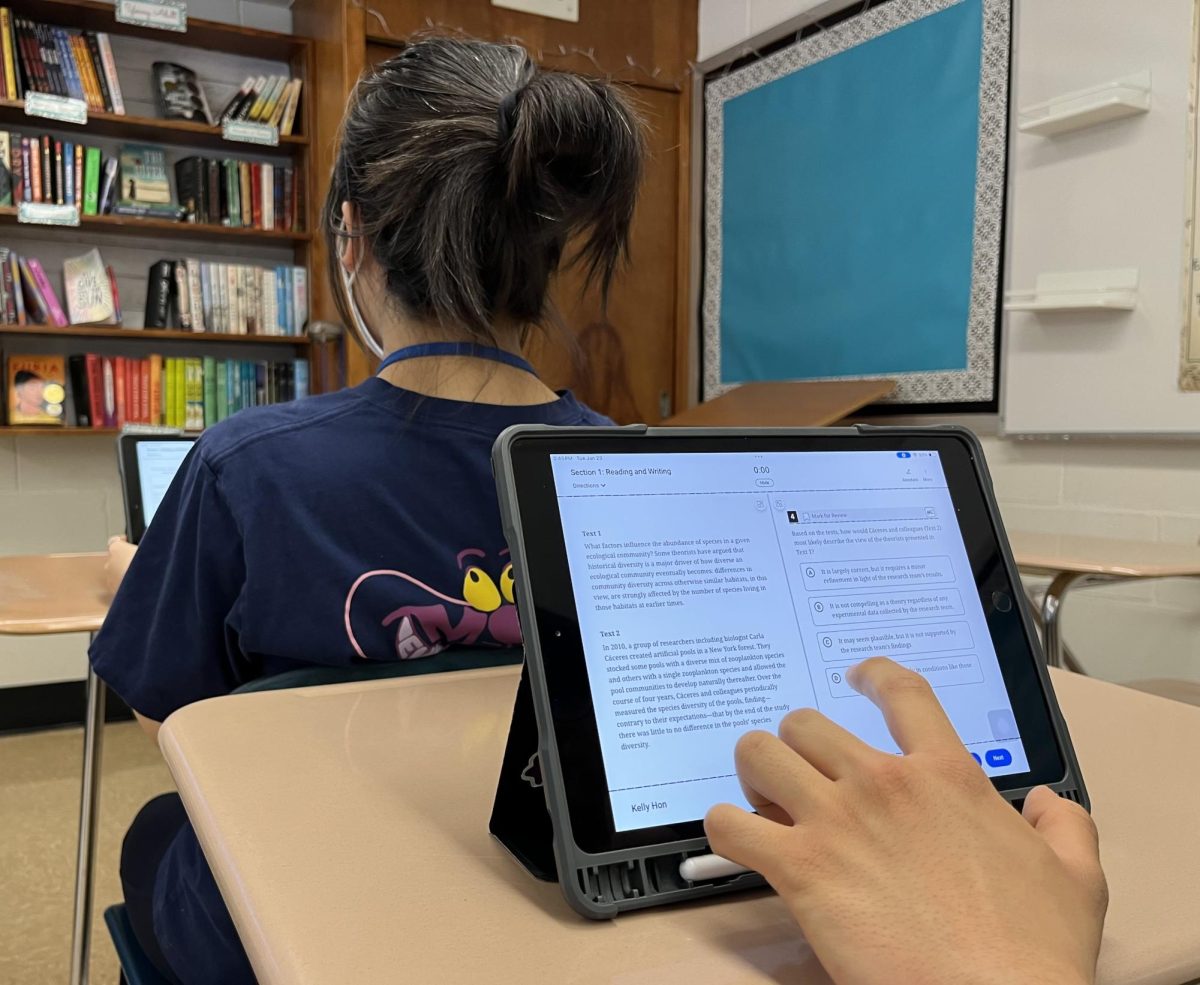
By Ann Zhang
Familiar words: Times New Roman, 12-point font, and double-spacing. Thesis, analysis, citations. Most importantly, research, paper, and season.
Many students dread the annual research paper on top of all their other obligations, but students nearly two decades ago survived the research paper process without the aid of fancy tablets and advanced websites.
The year was 1997: the World Wide Web had just been invented, gas cost $1.23, Bill Clinton was re-elected, Motorola introduced the first mobile flip phone, and UC Berkeley created Plagarism.org.
Initially, four university research students collaborated with computer scientists to invent a way for students in large seminar classes to peer review through the Internet. As the name suggests, this prototype could also identify unoriginal work. Today, it is called Turnitin.com. As the website’s popularity spread across the country, it eventually made it to our school district. For many years, the science research program and the English department considered utilizing Turnitin.com but decided not to pursue the idea because they weren’t sure it would be worth the investment.
However, three years ago, a small group of teachers including Mr. Damon Reader, the school librarian and Technology Staff Developer, and Mr. James Daszenski, an English teacher, started piloting this website.
Turnitin.com mainly functions as a plagiarism detection program. The website has compiled a database of content including submitted papers, textbooks, and Internet webpages. An “Originality Report” is generated for each paper submitted through Turnitin.com. This assessment calculates the percentage of the paper matching the content in the website’s database.
Mr. Daszenski said, “It is very common for students to have a five or ten percent similarity. It’s because they might be using a direct quote that is already out there in the database. So you shouldn’t strive for zero percent. Instead [the report] motivates and encourages students to be original. It uncovers students who aren’t being academically honest.”
According to the website, the programs offered will not only catch acts of plagiarism but act as a deterrent to prevent it from occurring in the first place.
Freshman David Yao admits to plagiarizing in the past. Although he has never used Turnitin.com before, he said, “If I knew the work was going to be submitted into Turnitin.com, I wouldn’t have plagiarized because if I did, that would mean my whole life, career—everything would be gone.” While fear of being caught caused Yao to consider a change of habits, not all students will have these morals, especially if there might be flaws in the system.
Some people question Turnitin’s effectiveness. Since the program can only identify words that are identical, using a thesaurus to change some words might allow students to submit unoriginal work and remain undetected.
Mr. Reader said, “[Students] could conceivably manipulate the system, but doing so would take a lot of work.”
Mr. Daszenski agreed and said, “It is funny that some students would go to that length and spend more time faking the paper than actually writing an original one.”
Turnitin.com offers more programs including lesson plans about plagiarism and citing in the hope of discouraging these actions.
Mr. Reader emphasizes Turnitin.com’s value as a tool to teach citation in his research class. He said, “Higher learning is the ability to take other people’s ideas, obviously give credit, but then turn it into a unique idea for yourself.”
The website also offers other programs such as GradeMark. Mr. Reader said, “Grademark is where teachers can grade online, and you can embed your comments in the student’s work.”
But even with all these advanced programs, Mr. Reader believes the website doesn’t replace the teacher. Turnitin.com alone is not enough to teach academic ethics and responsibility.
Now the year is 2015. Google has been available for sixteen years and iPhones for seven. Many people are accustomed to the Internet’s vast amount of information and connections.
According to Mr. Daszenski, people may be too accustomed. Mr. Daszenski said, “Some people honestly don’t know that writing is not a social activity. It is not something that should happen on Facebook with friends. When you submit a paper, it has your name and your name alone. It means it wasn’t written by a committee. We need to teach people to stay out of situations that lead people to use bad judgment […] Turnitin.com levels the playing field to protect the good students who work hard and submit original work.”
Teachers Turn To Turnitin For Work Evaluation
February 11, 2015


